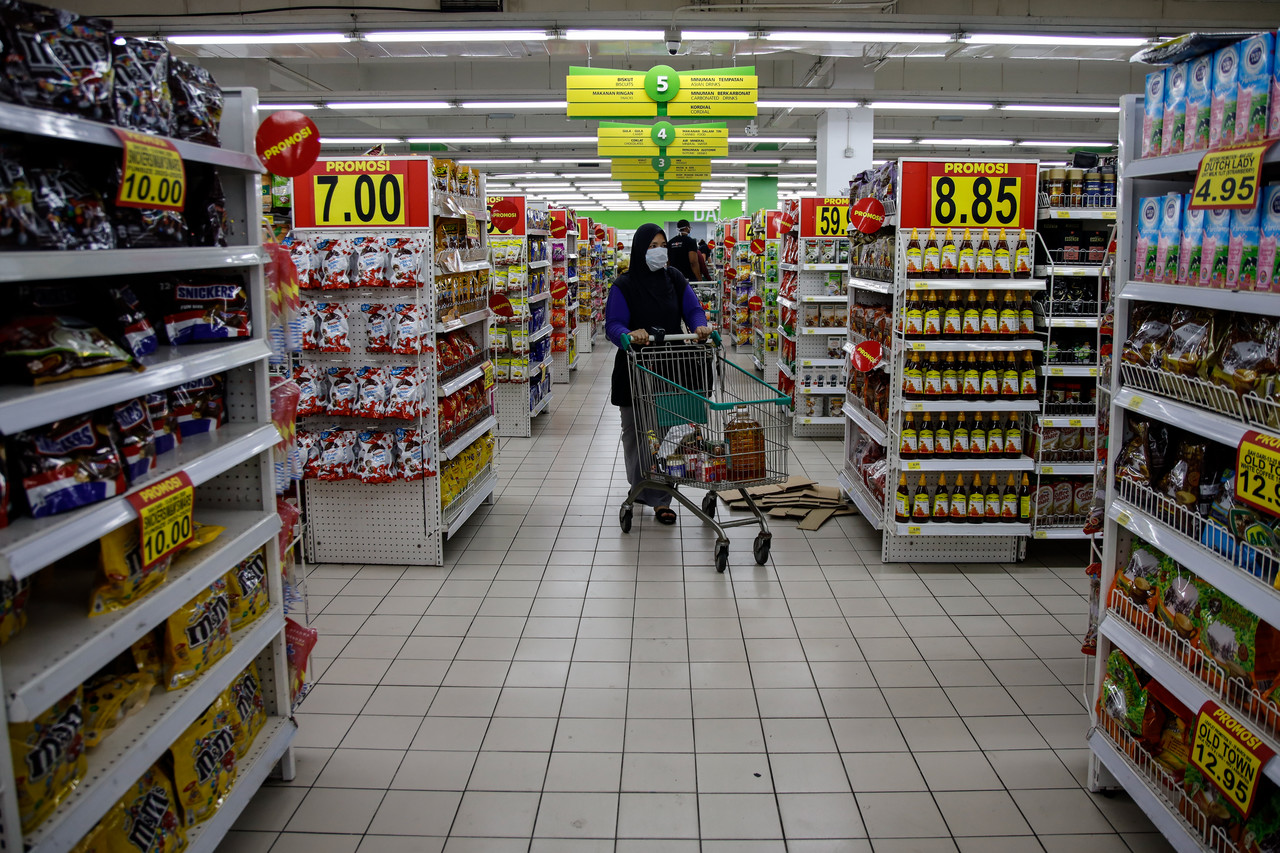KUALA LUMPUR, March 30 (NNN-Bernama) — Malaysia’s headline inflation is forecast to remain manageable this year, averaging between 2.2 per cent and 3.2 per cent (2021:2.5 per cent) while fuel inflation, which underpinned the higher headline inflation in 2021, is projected to moderate in 2022, Bank Negara Malaysia (BNM) said.
The central bank said this is despite expectations of higher global oil prices, given the assumption that the price ceiling on domestic retail fuel prices would remain in place throughout the year.
“High input costs from rising non-energy commodity prices, however, are expected to exert some pressures on selected fresh food prices, particularly in the first half of the year,” BNM said in its Economic and Monetary Review 2021 released Wednesday.
Nevertheless, the central bank said this would continue to be partly mitigated by the price controls on selected food items.
Of note, for the second half of 2022, the base effect from electricity prices is projected to contribute to a temporary spike in headline inflation, particularly in the third quarter of 2022, BNM said.
Meanwhile, underlying inflation, as measured by core inflation, is expected to average higher between 2.0 and 3.0 per cent in 2022 (2021: 0.7 per cent), driven by the improvement in demand conditions amid lingering cost pressures.
“For most items in the core Consumer Price Index (CPI) basket, the price pressures in 2022 largely reflect a normalisation after a period of subdued demand and reduced profit margins during the pandemic.
“However, prices for some CPI segments, such as food away from home and some high-touch services, are projected to exceed their pre-pandemic trend due to the confluence of stronger demand and the high cost environment,” BNM said.
Nevertheless, the extent of upward adjustments to core inflation would remain partly contained by the continued slack in the economy and labour market.
On the overall inflation outlook, BNM said it would remain susceptible to upside risks, particularly from cost-push factors.
“These include a more persistent uptrend in input costs due to higher global commodity prices and prolonged disruptions to global supply chains, which could be exacerbated by geopolitical tensions and lockdown in China.
“Higher input costs could also induce a larger pass-through of costs to consumer prices, should businesses expect them to be more permanent in nature,” the central bank said.
Moreover, there is the risk that excessively high global energy prices could lead to adjustments to domestic retail fuel prices that have remained unchanged since March 2021.
As for the downside, risks mainly reflect factors that could precipitate a weaker recovery in economic condition, leading to more benign price pressures.
— NNN-BERNAMA






